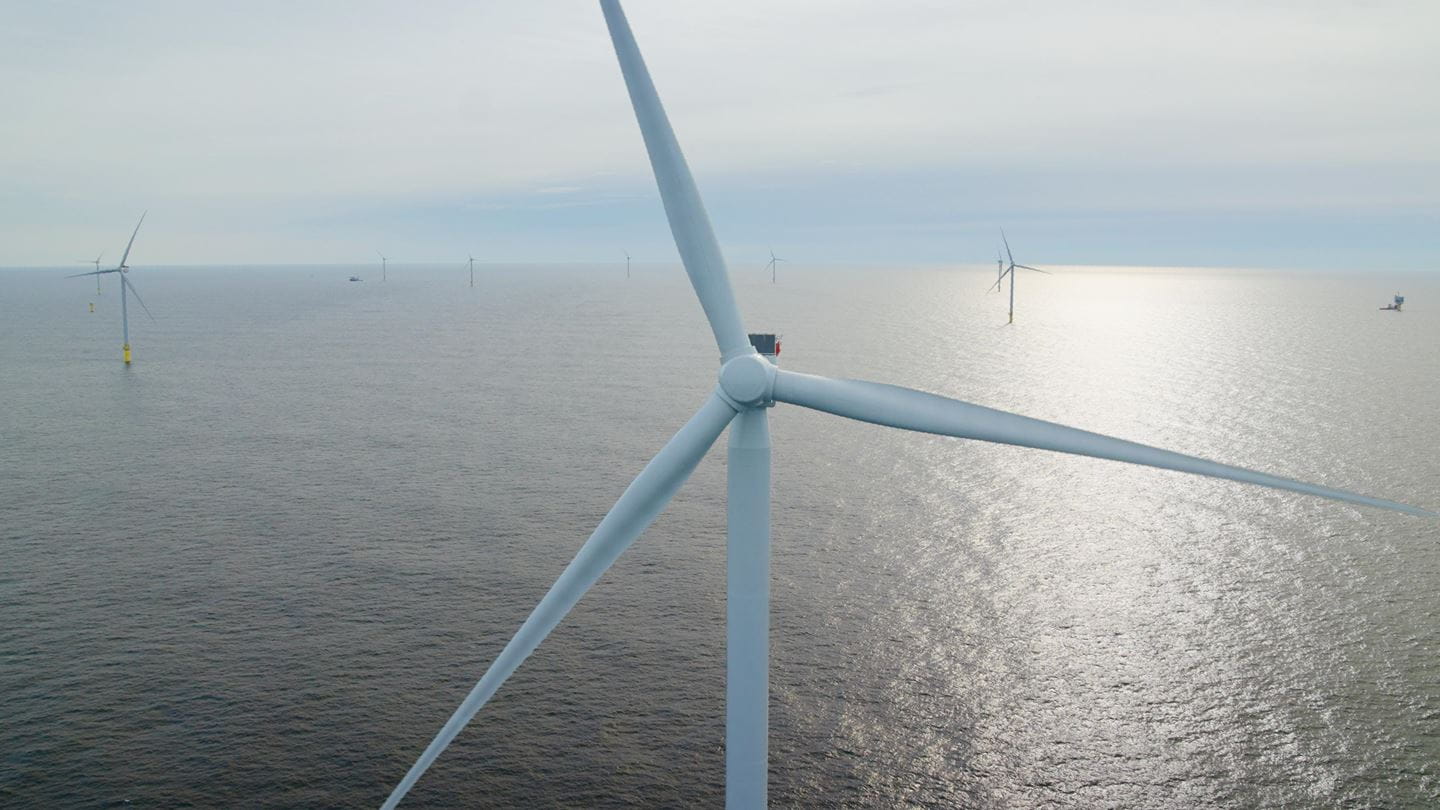 BHP Billiton Petroleum announced today that it is the first company in the deepwater Gulf of Mexico to bring a newly drilled well into production since the moratorium was enacted in May 2010. The well was brought into production on 30 May 2011 on the BHP Billiton operated Shenzi field.
BHP Billiton Petroleum announced today that it is the first company in the deepwater Gulf of Mexico to bring a newly drilled well into production since the moratorium was enacted in May 2010. The well was brought into production on 30 May 2011 on the BHP Billiton operated Shenzi field.
The SB-201 well was drilled to a total measured depth of 25,126 feet and is currently producing approximately 17,000 barrels of oil per day. This is the eleventh producing well within the Shenzi field and our ongoing development program will ensure that this operated tension-leg platform (TLP) remains a significant contributor to BHP Billiton’s high value, Gulf of Mexico production.
BHP Billiton Petroleum Chief Executive, J. Michael Yeager, said, “We are pleased to be able to demonstrate that deepwater drilling and production can resume in a safe and reliable manner. Our organisation has worked very hard over the past several months with regulators to have the ability to resume drilling operations and add new production to our deepwater Gulf of Mexico portfolio.”
BHP Billiton Petroleum also received approval and began drilling a second deepwater production well (SB-101) on the Shenzi field on 2 June 2011.
The Shenzi facility is located approximately 120 miles (195 kilometres) off the Louisiana coastline and is installed in approximately 4,300 feet (1,300 metres) of water on Green Canyon Block 653, making it the second deepest TLP in the world. The overall field comprises four blocks: Green Canyon 609, 610, 653 and 654.
BHP Billiton Petroleum is the operator with 44 percent equity. Joint interest participants are Hess Corporation and Repsol, each with 28 percent equity.
Source: BHP Billiton Petroleum

 Join The Club
Join The Club












